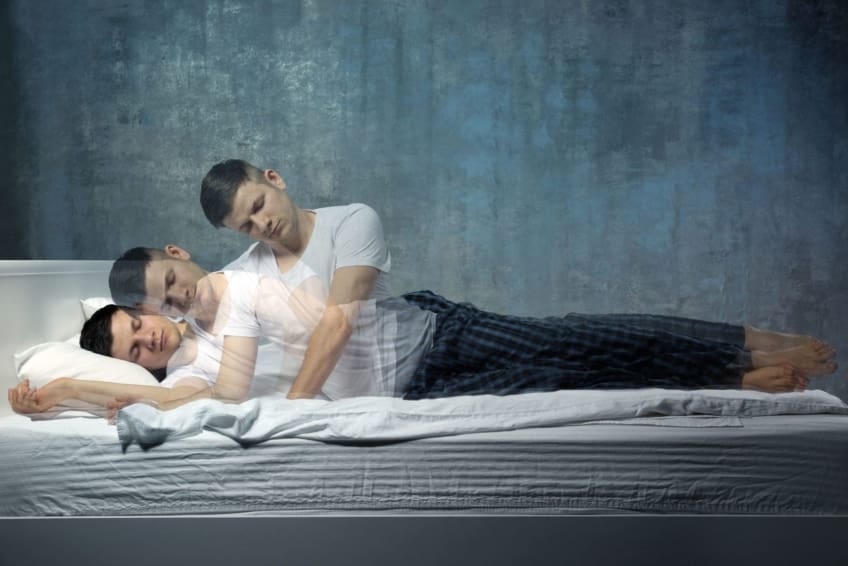
Related Topics
Sleepwalking is just as it sounds. It involves walking around, sitting up, or doing other activities while asleep. The person’s eyes are open. They look like they are awake. Sleepwalking occurs during deep sleep. It happens early in the night during non-rapid eye movement (REM) sleep. Usually, a person has no memory of it. Sleepwalking is more common in children and young adults. This is because older people don’t experience deep sleep as often. Some of the things people do while sleepwalking, include:
- Talking or mumbling, incoherently.
- Getting dressed.
- Preparing food.
- Moving furniture.
- Going to the bathroom.
- Driving a car (this is rare).
Sleepwalking can last a few seconds to 30 minutes. It could last longer. The average sleepwalking episode lasts 10 minutes. While sleepwalking, a person may look confused or dazed. If you talk to the person during the episode, he or she will not respond.
Path to improved well being
Sleepwalking isn’t as worrisome as you may think. A person’s safety is the biggest concern. And sleepwalking rarely involves unsafe behavior.
Talk to a doctor if sleepwalking is chronic. Tell your doctor if it causes fatigue during the day or attention problems. Typically, there are no exams or tests for sleepwalking. If your doctor is concerned, he or she may look into other medical causes. This might include seizures. He or she also may look at a person’s emotional history.
If the problem is chronic, your doctor may discuss medicines to treat it. He or she also may recommend keeping a sleep diary. This would be helpful in tracking episodes.
It is a myth that you should not wake a sleepwalker. It is okay to do so. The person will seem confused and will not recall what just happened.
Frequent sleepwalking can be reduced by:
- Avoiding alcohol or anti-depressant medicine. Talk to your doctor about alternatives.
- Keeping your sleep routine. Go to bed at the same time every night. Don’t skimp on sleep. Get at least 7 hours of sleep each night. If you suffer from insomnia (difficulty sleeping), this effects your sleep quality. Talk to your doctor about insomnia.
- Reducing stress, anxiety, and conflict. These things can worsen the condition.
Things to consider
Safety is the biggest concern for sleepwalkers. Doing these things may help keep a sleepwalker safe.
- Keep a sleepwalker’s environment free from clutter. Move furniture and electrical cords out of the way. This will reduce trips and falls.
- Keep doors and windows locked.
- Consider moving a sleepwalker to a safer bedroom if necessary.
- While it’s okay to wake a sleepwalker, don’t startle him or her by yelling. Don’t shake a sleepwalker. Guide him or her safely back to bed.
- Put a gate across stairways.
Questions to ask your doctor
- How long should I wait before talking to a doctor?
- Should I sleep in my child’s room if he or she sleepwalks?
- What medicines are safe to give children?
- How can I treat insomnia?
![]()
Copyright © American Academy of Family Physicians
This information provides a general overview and may not apply to everyone. Talk to your family doctor to find out if this information applies to you and to get more information on this subject.



